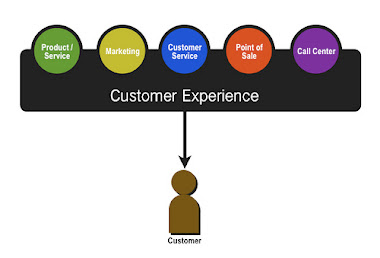But before one can start to examine processes and adjust behaviors, there must be a context in which those processes make sense, especially when the relationship with those individuals who are (or will become) customers spans different phases that are often referred to collectively as the “customer life cycle.” Customer life cycles reflect the establishment and development of the relationship between the business and the customer. A review of many different takes on the concept can be summarized as typically including at least three phases:
Engagement, in which potential customers, or prospects, are attracted to the business’s products and/or services, and the phase in which the customer considers their requirements and evaluates alternatives.Commitment, which describes the point at which there is an agreement to the exchange of value (generally the customer committing to pay for the business’s provision of products and/or services).Delivery and Maintenance, during which time the business delivers the promised products and/or services, and seeks to ensure that the customer is satisfied and continues to maintain the relationship.
One of the challenges of modeling a customer life cycle is that the life cycle itself differs depending on the industry, type of business, and types of products or services involved. That difference is based on the nature of the sales, delivery, product, and maintenance aspects of the relationship that are associated with customer decision points. For example, we can contrast a consulting company, a big-ticket item retailer, and a mobile telephone provider.
A consulting business might engage a customer who would commit to an agreement to pay the consulting company for services provided. There may be a long engagement phase in which the company has to develop awareness of its services, attract prospective customers looking to acquire those services, and show examples or perform a proof-of-concept to demonstrate competency before the customer agrees to the arrangement and makes the commitment. Next, there may be a long-term delivery phase with payments tied to completion of specific milestones or provision of deliverables. The maintenance component probably blends some warranty of the work performed with continued engagement for follow-on tasks. The duration of the relationship is linked to what we might call “serial contracting.”
For big-ticket item retailers (such as automobile sales), the decision to purchase is not made frequently, and often involves a long evaluation and thought process as to selection of the specific item to meet the perceived need. That suggests that the engagement phase is somewhat elongated, and the commitment to purchase may be contingent on an understanding of prompt and efficient delivery. At the same time, the retailer may provide value-added post-purchase services, and that suggests the potential for a long-term maintenance phase. In addition, the customer life cycle is tightly coupled with the product life cycle, and maintaining the relationship over the lifetime of the product may help ensure engagement for the next purchasing cycle.
A third example would be a vendor selling a subscription service (or one bundled with a product, such as mobile phone service providers). Some industries are more competitive, with an elongated engagement phase that may involve convincing prospects to abandon their current providers. The commitment phase may involve a contractual agreement on behalf of the customer (such as a 1-year contract) with penalties for attrition. However, in this example, after the initial delivery, the maintenance phase consists of a continuous revenue stream of subscription payments (such as the monthly payment for service).
In each of these examples we can see that different aspects of the customer life cycle in different sales and customer relationship scenarios have different impacts on expectation for customer lifetime value. But more interestingly, each of the different scenarios requires different emphasis associated with the customer touch points to help to optimize that lifetime value. High levels of service during the delivery/maintenance phase for a contractor may influence customer decisions for future assignments of contracts. Maintaining contact with the automobile customer post-sales may help guide future car purchase decisions and engage the customer for routine maintenance on the purchased car. On the other hand, the volatility of the brand loyalty for mobile phone subscribers may demand that the company invest a significant amount of effort to retain a customer after the initial contract period has elapsed to maintain the ongoing revenue stream.
In future articles, we will review the customer life cycle in greater detail as well as examine the tight coupling between customer life cycle, lifetime value, and how both guide the development of optimal customer engagement processes.

No comments:
Post a Comment